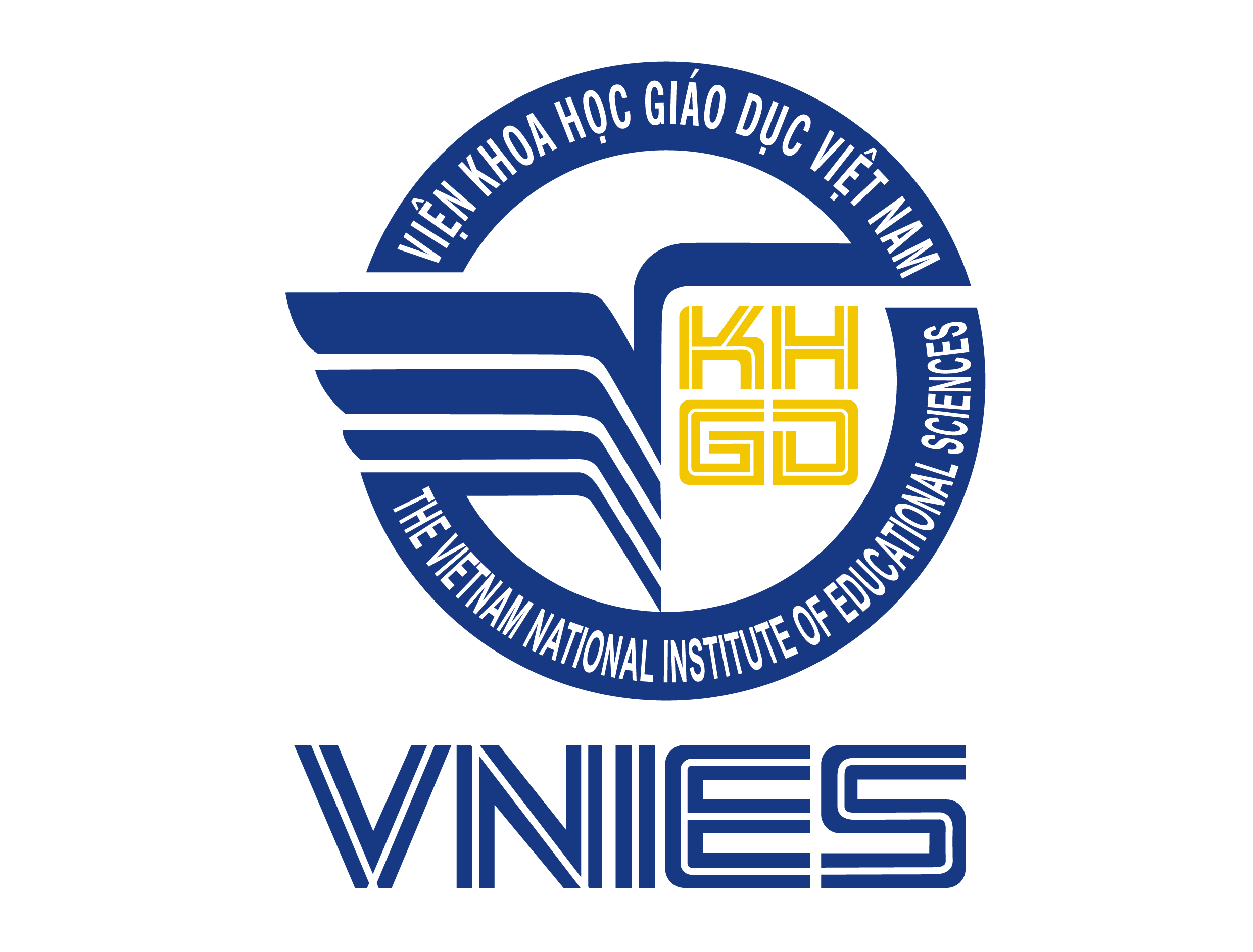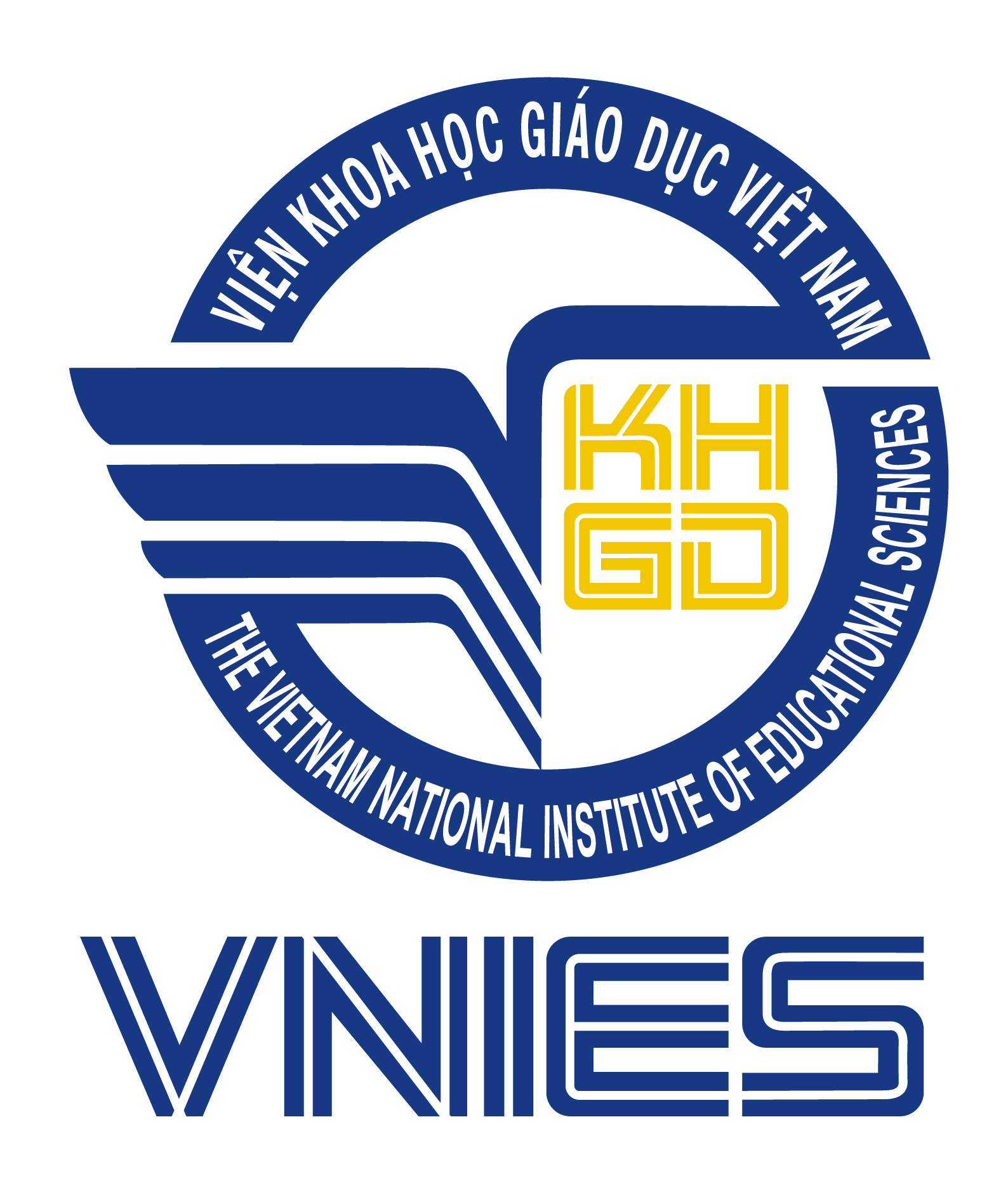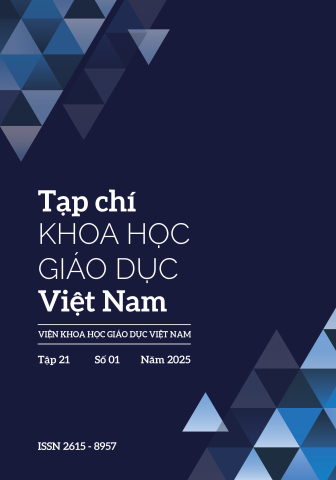[1] ABET. (2025). Criteria for accrediting engineering technology programs, 2025–2026. https://www. abet.org/accreditation/accreditation-criteria/ criteria-for-accrediting-engineering-technologyprograms-2025-2026/
[2] ASIIN. (2021). Fachspezifisch ergänzende hinweise (FEH) der fachausschüsse 01 – Maschinenbau/ Verfahrenstechnik. https://www.asiin.de/files/content/ kriterien/ASIIN_FEH_01_Maschinenbau_ Verfahrenstechnik_ %202021-03- 16.pdf
[3] Biggs, J., & Tang, C. (2011). Teaching for quality learning at university (4th ed.). Open University Press
[4] Caspersen, J., Frølich, N., & Muller, J. (2017). Higher education learning outcomes–Ambiguity and change in higher education. European Journal of Education, 52(1), 8–19. https://doi.org/10.1111/ ejed.12208
[5] Crawley, E. F., Malmqvist, J., Östlund, S., Brodeur, D. R., & Edström, K. (2014). Rethinking engineering education: The CDIO approach (2nd ed.). Springer
[6] Davis, D. C., Beyerlein, S. W., & Davis, I. T. (2005). Development and use of an engineer profile. Proceedings of the 2005 American Society for Engineering Education Annual Conference & Exposition. American Society for Engineering Education. https://peer.asee.org/ development-and-use-of-an-engineer-profile.pdf
[7] Engineering Accreditation Council. (2024). Engineering programme accreditation standard 2024. Board of Engineers Malaysia. https://eac.org.my/v2/ wp-content/uploads/2024/08/Engineering
[8] Erlingsson, C., & Brysiewicz, P. (2017). A hands-on guide to doing content analysis. African Journal of Emergency Medicine, 7(3), 93–99. https://doi. org/10.1016/j.afjem.2017.08.001
[9] Harden, R. M. (2002). Developments in outcome-based education. Medical Teacher, 24(2), 117–120. https:// doi.org/10.1080/01421590220120669
[10] Hien, T. T. T., Thuy, D. T. T., & Phuong, V. M. (2023). Undergraduate training programs meeting the expected learning outcomes of the national quality framework: Status and challenges. International Journal of Learning, Teaching and Educational Research, 22(3), 510–523. https://doi.org/10.26803/ ijlter.22.3.30
[11] Hong, H. T., Van Hung, T., Vu, N. Q., & Thao, D. T. T. (2024). CDIO-based teaching at universities: A case study for students majoring in electrical and electronic engineering technology, Vietnam. Journal of Education and e-Learning Research, 11(1), 66–76. http://dx.doi.org/10.25073/2588-1159/ vnuer.4690
[12] International Engineering Alliance. (2021). Graduate attributes and professional competencies (Version 2021.1). http://www.ieagreements.org
[13] Japan Accreditation Board for Engineering Education (JABEE). (2019). JABEE criteria guide for accreditation of engineering education programs at bachelor level (2019 and later). Japan Accreditation Board for Engineering Education. https://jabee.org/doc/ Criteria_Guide_ENB_2019-.pdf
[14] Jones, E. (2018). The role of learning outcomes in enhancing the quality of higher education. Prepublication version. https://www.researchgate. net/publication/340310538
[15] Le, T. Q., Hoang, D. T. N., & Do, T. T. A. (2019). Learning outcomes for training program by CDIO approach applied to mechanical industry 4.0. J. Mech. Eng. Res. Dev, 42(1), 50–55. http://dx.doi.org/10.26480/ jmerd.01.2019.50.55
[16] Lê, H. A., & Phùng, T. H. G. (2024). Xây dựng hệ thống đo lường chuẩn đầu ra chương trình đào tạo của trường đại học theo chuẩn AUN-QA. Tạp chí Khoa học, Trường Đại học Quốc tế Hồng Bàng, 30, 129–138. https://doi.org/10.59294/HIUJS.30.2024.651
[17] Lê, H. T., & Nguyễn, T. B. N. (2019). Xây dựng chuẩn đầu ra chương trình đào tạo: Kinh nghiệm từ Trường Đại học Bách khoa Hà Nội. Tạp chí Khoa học Giáo dục Việt Nam, 14(02), 76–81. http://lib.yhn. edu.vn/bitstream/YHN/5250/1/N492.pdf
[18] Nguyễn Hữu Diễm Hương, & Scott George Danielson. (2017). Xây dựng, rà soát và đánh giá mức độ đáp ứng CĐR theo tiêu chuẩn ABET và AUN-QA cấp chương trình đào tạo. Tạp chí Khoa học Quản lí Giáo dục, (02)(14), 10–17. https://tapchikhqlgd.edu.vn/ wp-content/uploads/2024/01/02-NGUYEN-HUUDIEM-HUONG-SCOTT-GEORGE-DANIELSON. pdf
[19] Nguyễn, L. H., Phan, Q. H. H., Lê, T. L. G., Nguyễn, Đ. Đ. Đ., Phạm, N. H., Trần, Đ. T., & Ngô, T. T. D. (2021). Xây dựng chuẩn đầu ra theo khung trình độ quốc gia Việt Nam hướng tới kiểm định AUNQA: Nghiên cứu trường hợp ngành Công nghệ ki thuật Môi trường. Tạp chí Khoa học Công nghệ và Thực phẩm, 21(3), 169–182
[20] Nhàn, D. (2024, Tháng 9, 17). Top 10 cơ sở giáo dục đại học có nhiều chương trình đào tạo kiểm định nước ngoài nhất. Giáo dục Việt Nam. https://giaoduc.net.vn/ top-10-co-so-giao-duc-dai-hoc-co-nhieu-ctdtkiem-dinh-nuoc-ngoai-nhat-post245109.gd
[21] Passow, H. J., & Passow, C. H. (2017). What competencies should undergraduate engineering programs emphasize? A systematic review. Journal of Engineering Education, 106(3), 475–526. https://doi.org/10.1002/jee.20171
[22] Tri, N. M., Hoang, P. D., & Dung, N. T. (2021). Impact of the industrial revolution 4.0 on higher education in Vietnam: Challenges and opportunities. Linguistics and Culture Review, 5(S3), 1–15. https://doi. org/10.37028/lingcure.v5nS3.1350
[23] Zaitseva, K., & Quadrado, J. C. (2019, June). Learning outcomes for engineering education programs. Paper presented at 2019 ASEE Annual Conference & Exposition, Tampa, Florida. https://doi. org/10.18260/1-2--33054


